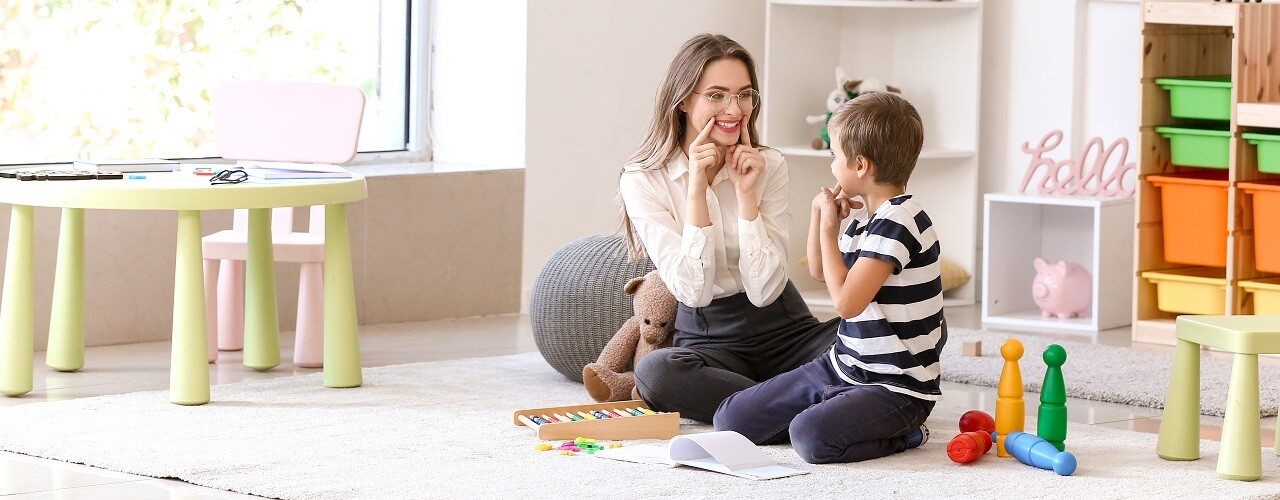Setting their child up for long-term success is every parent’s dream, whether it’s academically or something involving their hobbies. One of the earliest skills a child learns in school is how to write legibly. Handwriting skills come easier to some children than to others, which is totally normal, however, handwriting reveals a lot about a person’s personality, and the best time to start teaching penmanship is in the early years.
It takes a long time to develop good handwriting, and although it begins at home, it is a skill that we need throughout primary school and beyond. There are many reasons why children struggle with handwriting, and working with a physical trainer is an excellent way to improve the strength and routine needed to develop good penmanship skills.
Whether there is a need to improve hand-eye coordination, work through potential developmental issues like ADHD, or build muscle development, working with a physical therapist is a great strategy to get you started off on the right foot.
Our innovative care strategies at Endeavors Pediatric Therapy Services will help you find quick relief. Contact our clinic today if your child is struggling with their penmanship skills, and let us set up an appointment for their abilities to be assessed. Our pediatric physical therapists are experts in this area and will work one-on-one with your child to help them improve their skills and increase their confidence.
Practicing handwriting with your child at home
The following list contains 3 tips for practising handwriting at home with your child. Their therapist may introduce these strategies to you during a session, and if you have any questions, be sure to ask! We’re here to help you.
- Modeling constructive handwriting strategies is another great approach to use while working with your child. Demonstrate how to hold a pen and how to place the paper. Demonstrate how you concentrate on your handwriting and give your child advice. Modeling your ability to concentrate on your writing will also help your child develop their ability to focus.
- Often the problem with handwriting isn’t simply muscular, but rather is linked to other issues such as attention deficit disorder or dysgraphia. Working with a physical therapist can be extremely beneficial in this situation. Additional preparation strategies, such as asking the child to state out loud what they want to write as they write, may be beneficial at home. Even speaking the letter or word out loud when writing will help with emphasis, and this can also help with handwriting.
- Do plenty of drills with your child by having them trace over printed letters. These sorts of drills are what many primary school teachers use to improve handwriting in students, and it can help train muscle memory for children, so they can practice better handwriting on their own as time goes on.
Evidence of physical and occupational therapy for the enhancement of handwriting skills
While you may view physical therapy as a way to help heal broken bones or learn how to move better, there is much more that can be accomplished with the help of a pediatric therapist team.
In fact, according to a study published by the National Institutes of Health, titled, “The effect of fine motor skills on handwriting legibility in preschool-age children,” PT and OT are both great resources for helping your child harness their handwriting skills.
As the study states, “The results of the study showed a high level of correlation between fine motor skills and handwriting legibility. The study revealed that the accuracy of hand and in-hand manipulation skills are a factor that has an effect on handwriting legibility.
Through the current research, occupational therapists can provide activities that aid the development of fine motor precision and in-hand manipulation skills for children during the instruction and treatment of handwriting to preschool-age children, which helps to conduct better legibility in their handwriting.
Therefore, the evidence of this study supports physical and occupational clinics such as ours as effective methods for improving a child’s handwriting.
Other ways to help improve your child’s handwriting skills
It is not possible to develop good handwriting overnight. Any child’s handwriting would be full of errors the first time they pick up a pad. They will eventually learn how to write the letters and will want to begin forming words and sentences, at which point you can begin working on ways to teach proper penmanship.
As time goes on, if there are still fundamental issues with the formation of letters, numbers, and even the ability to write in a straight line, then it may be time to develop strategies to improve handwriting before they take those poor habits into adulthood. As with anything else in life, when it comes to improving handwriting, practice makes perfect. Our trained physical therapists are dedicated to helping you achieve a pain-free life.
Looking for extra assistance? We can help!
Since correcting bad handwriting isn’t always an easy task, it’s crucial to be careful with your kid. In addition to consulting with your child’s teacher or a private mentor, you may want to consider contacting a physical therapist for assistance.
Contact us or visit our office in Statesville, NC for more information about ways to improve handwriting in children who need a bit of extra support and how physical therapy may help.
Tags: physicaltherapist, physicaltherapy, healthandwellness, achesandpains, naturalpainrelief, healthytips, pediatrictherapy, health, childdevelopment, wellness, pt



